As I write this, I am on a vessel going through the Panama Canal. What an experience!
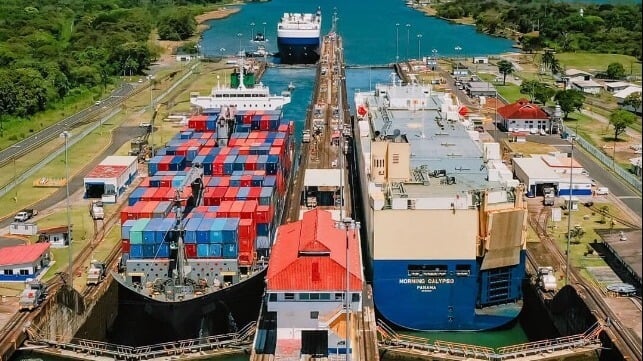
It has been 50 years since the last time I did this.
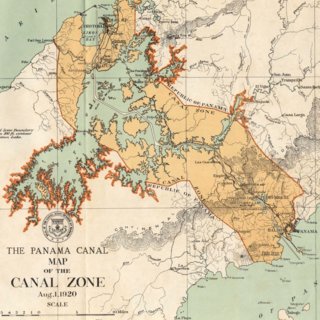
50 years ago I spent three months working as a consultant to the then American run Panama Canal Company. During that time, I had the opportunity to get to know the Canal well, which included traversing the canal onboard an ocean freighter.
As I return to the Panama Canal 50 years later, there are so many thoughts that come to mind. let me share two with you.
First and foremost, the admiration for and the recognition of what it took to build and operate this almost unbelievable, remarkable example of one the most significant infrastructure feats in the last two centuries.
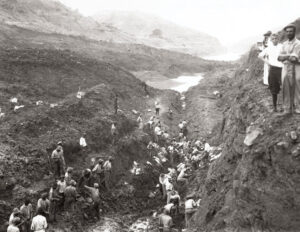

From the day work started on building the canal it took 44 years to complete including both the French and American efforts. It tragically took the lives of more than 27,000 individual workers. During the 10 years of US construction efforts some 56,000 individuals worked on the project. It cost the French some $287 million and the US some $375 million at the time, which in today’s dollars would be approximately equivalent to $24 billion.
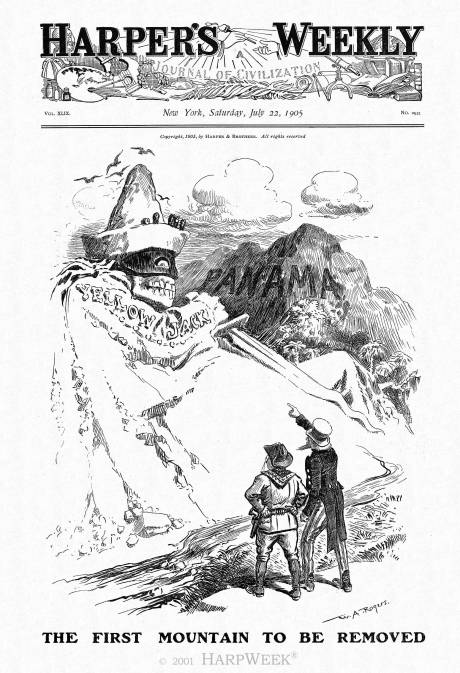
At the same time the canal is a testament to creative design genius, engineering “know how,” the rigor of scientific health research and discovery on yellow fever, the impact of absolute perseverance and willpower in the face of incredible odds, and the importance of strong political leadership. Thank goodness for Teddy Roosevelt.
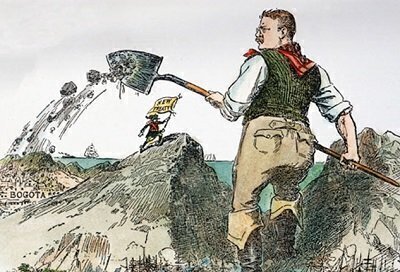
This amazing story is captured no better than in Pulitzer Prize winner David McCullough’s book entitled The Path Between the Seas: the Creation of the Panama Canal 1870-1914, published in 1977. This 698-page book cannot be put down, once you have started it.
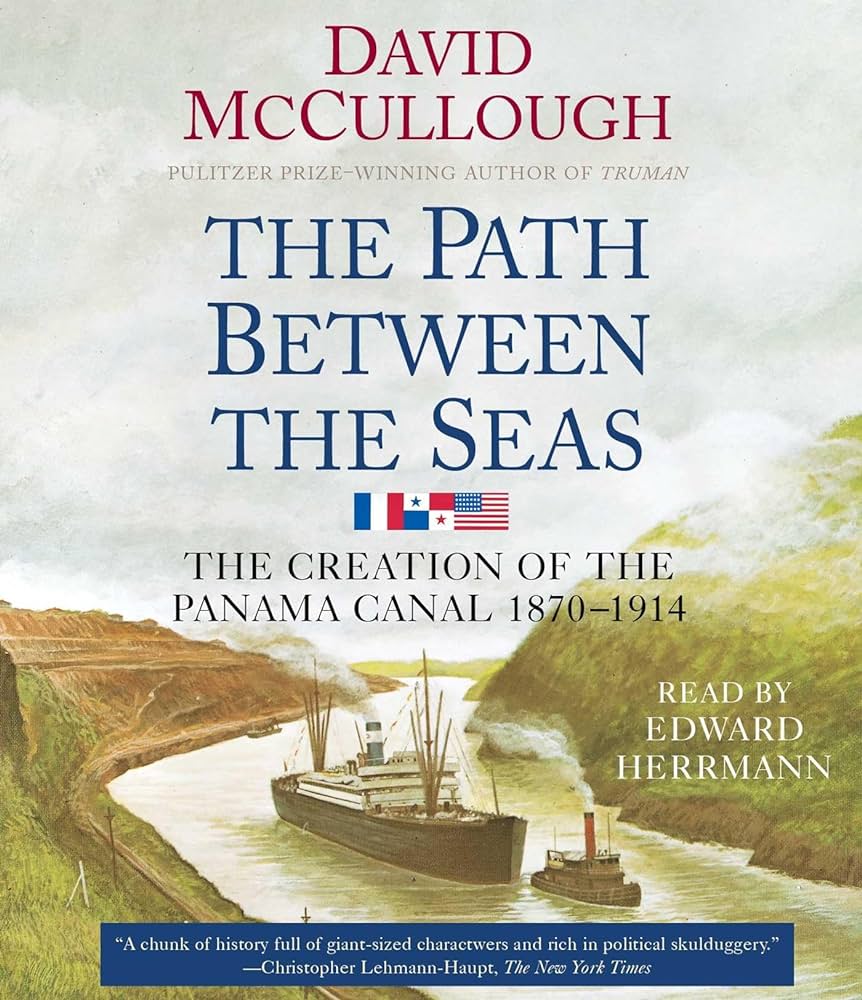
Second, the fascinating “peaceful” history of how the canal came into American hands and how it now resides in Panamanian hands. When in 1903 Panama revolted from Colombia to form its own independent nation, the US was a strong supporter of the action, even sending Naval ships to the area. Any effort by the Colombia government to prevent the uprising was quelched within a day, with only a few shots being fired and only one life being lost.
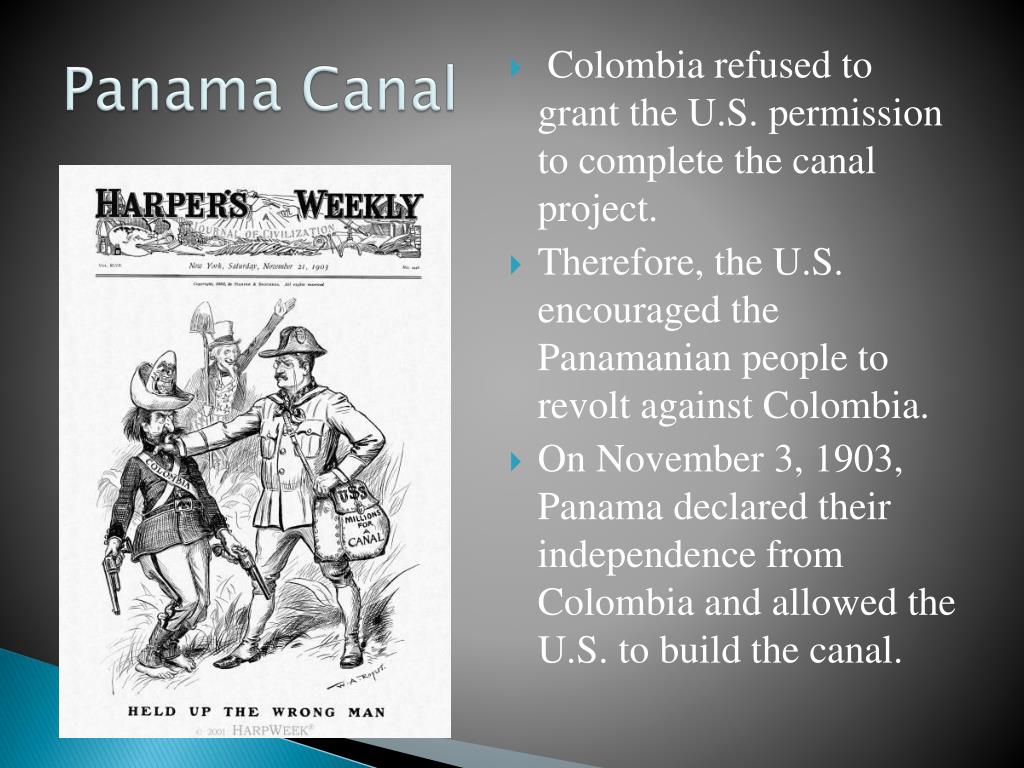
Almost simultaneously the US and Panama signed the Hay-Bunau-Varilla Treaty which had the US as the first country to recognize the nation of Panama, while the US received a perpetual lease of a 10-mile swath of land in the middle of the country of Panama for the construction and operation of a canal. This was followed by the Thomson-Urrutia Treaty finally ratified by both parties in 1921 which compensated Colombia ($25 million) for their recognition of Panama’s independence, and the subsequent full turnover for $1 of the completed canal (construction, operation and Canal Zone land) from the United States to Panama in 1999, based upon the Torrijos-Carter Treaty signed by President Jimmy Carter in 1977.
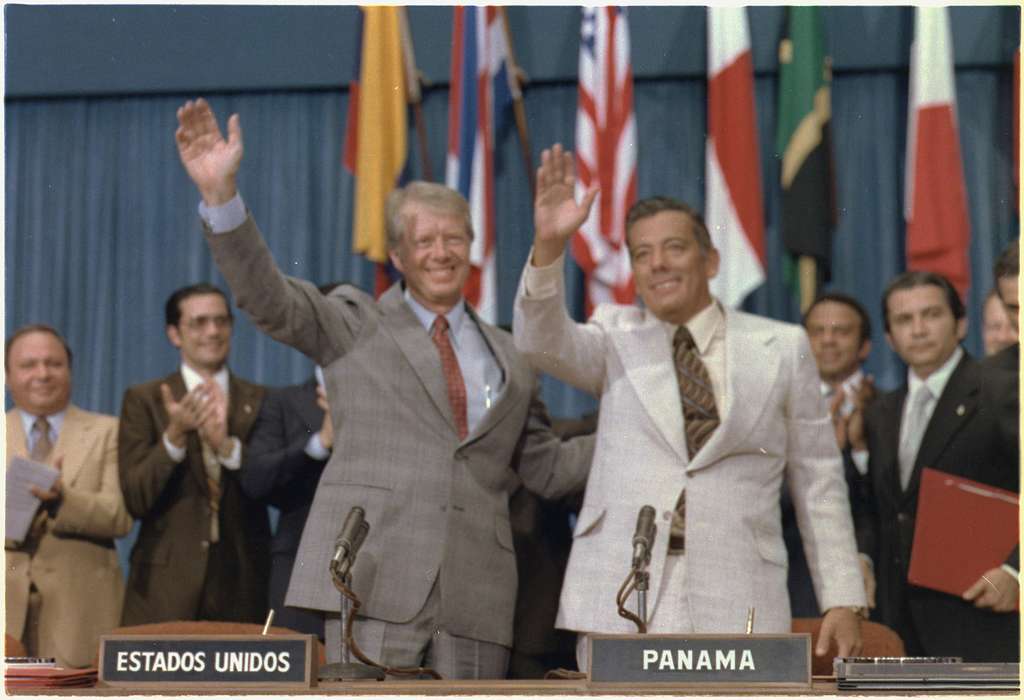
Now the canal is well run as a commercial enterprise by the Panamanian government. Ship crossing tolls have reached a peak of $4 million/passage. In 2016 the canal added a third and wider set of locks to accommodate the newer, larger NeoPanamax ships. These ships can carry 13,000 TEU’s (Twenty foot equivalent units) compared to 5,000 in the ships that can utilize the Canal’s original two locks, a 160% increase in carrying capacity.
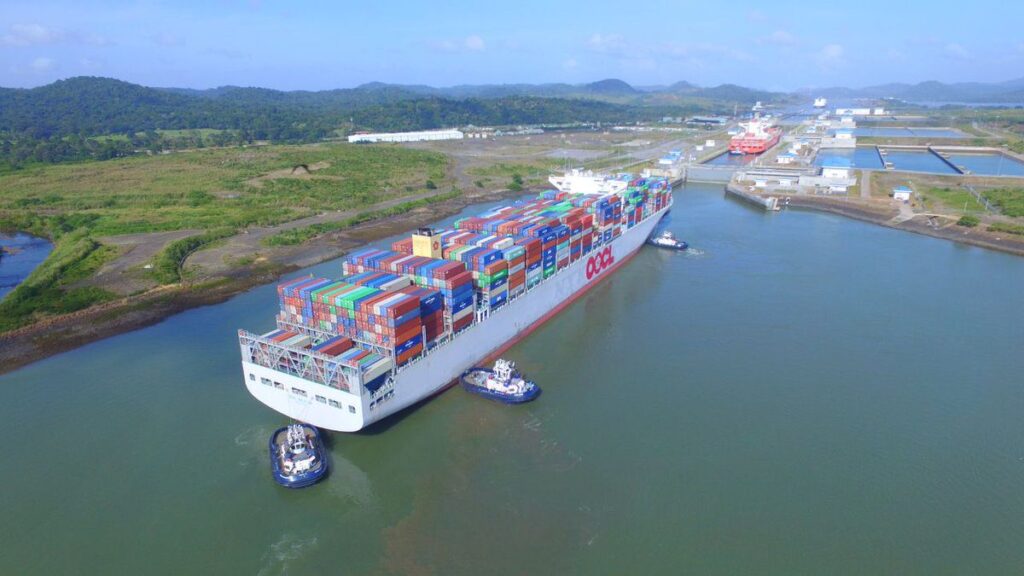
But more about the current Panama Canal at another time. I just wanted to take a moment to reflect on what it took to make the Panama Canal happen.
In short, truly amazing.
I suppose when they widened the C-Anal they did not anticipate running out of water to be able to sustain the increased outflow needed to accommodate the expansion. This is leading to delays and puts into question the future efficiency of this critical world trade route. None of this was even mentioned on both times we cruised the canal which was 10-20 years back.
Very interesting. The Path Between the Seas sounds like a wonderful
audible book while traveling.